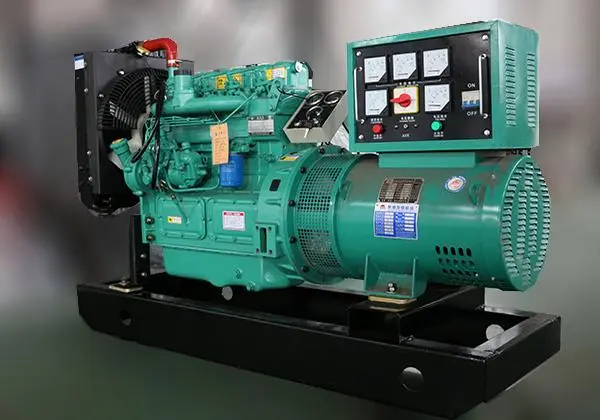Introduction
Vibration testing is a crucial process in various industries such as automotive, aerospace, and electronics to ensure the reliability and durability of products under different operating conditions. 500kw diesel generator for remote construction projects of vibration testing setups is the diesel generator, which provides the power necessary to drive the vibration test system. In this article, we will explore the role of diesel generators in vibration testing, their key features, selection criteria, and best practices for their operation.
Role of Diesel Generator in Vibration Testing
Diesel generators play a critical role in vibration testing by providing the required electrical power to drive the shaker system, which generates controlled vibrations to simulate real-world conditions. These vibrations help identify potential weaknesses or defects in the product under test and ensure that it meets the required performance standards. Diesel generators are preferred for vibration testing setups due to their reliability, durability, and ability to deliver consistent power output over extended periods.
Key Features of Diesel Generators for Vibration Testing
1. Power Output: Diesel generators used for vibration testing should have sufficient power output to meet the requirements of the shaker system. The power output is typically measured in kilowatts (kW) or horsepower (HP) and should be selected based on the maximum load demand of the vibration test system.
2. Voltage and Frequency Stability: Diesel generators should provide stable voltage and frequency output to ensure the proper operation of the vibration test system. Variations in voltage or frequency can affect the accuracy and consistency of the test results, leading to unreliable data.
3. Fuel Efficiency: Fuel efficiency is an important consideration when selecting a diesel generator for vibration testing, especially for long-duration tests. A fuel-efficient generator can help reduce operating costs and minimize the environmental impact of testing operations.
4. Noise and Vibration Levels: Diesel generators should produce minimal noise and vibration levels to prevent interference with the vibration testing process. Excessive noise or vibration can affect the accuracy of test results and create an uncomfortable working environment for testing personnel.
5. Reliability and Durability: Diesel generators used for vibration testing should be reliable and durable to withstand the demanding conditions of continuous operation. Components such as the engine, alternator, and cooling system should be of high quality to ensure long-term performance.
Selection Criteria for Diesel Generators in Vibration Testing
When selecting a diesel generator for vibration testing, several key factors should be considered to ensure optimal performance and reliability:
1. Power Requirements: Determine the maximum power demand of the vibration test system, including the shaker system and auxiliary equipment, to select a diesel generator with adequate power output.
2. Voltage and Frequency Compatibility: Ensure that the diesel generator's voltage and frequency output are compatible with the requirements of the vibration test system to prevent any operational issues.
3. Fuel Type and Consumption: Consider the availability of fuel types such as diesel and the fuel consumption rate of the generator to estimate operating costs and efficiency.
4. Size and Portability: Choose a diesel generator that is appropriately sized for the testing environment and can be easily transported or relocated if needed.
5. Noise and Emissions Regulations: Check local regulations regarding noise levels and emissions for diesel generators to ensure compliance with environmental standards and workplace safety requirements.
Best Practices for Operating Diesel Generators in Vibration Testing
To ensure the reliable and efficient operation of diesel generators in vibration testing setups, the following best practices should be followed:
1. Regular Maintenance: Schedule routine maintenance checks for the diesel generator, including oil and filter changes, fuel system inspections, and cooling system maintenance, to prevent breakdowns and ensure optimal performance.
2. Load Testing: Conduct load testing on the diesel generator to verify its ability to meet the power requirements of the vibration test system under different operating conditions.
3. Fuel Management: Monitor fuel levels and consumption rates to prevent fuel shortages during testing operations and maintain continuous power supply.
4. Environmental Considerations: Place the diesel generator in a well-ventilated area to prevent the buildup of exhaust fumes and ensure the safety of testing personnel.

5. Emergency Preparedness: Develop an emergency response plan for unexpected generator failures or power outages to minimize downtime and prevent data loss during vibration testing.
Conclusion
Diesel generators are essential components of vibration testing setups, providing the power required to drive the shaker system and simulate real-world conditions for product testing. By understanding the key features, selection criteria, and best practices for operating diesel generators in vibration testing, testing engineers can ensure reliable and accurate test results while maintaining the efficiency and safety of testing operations.
